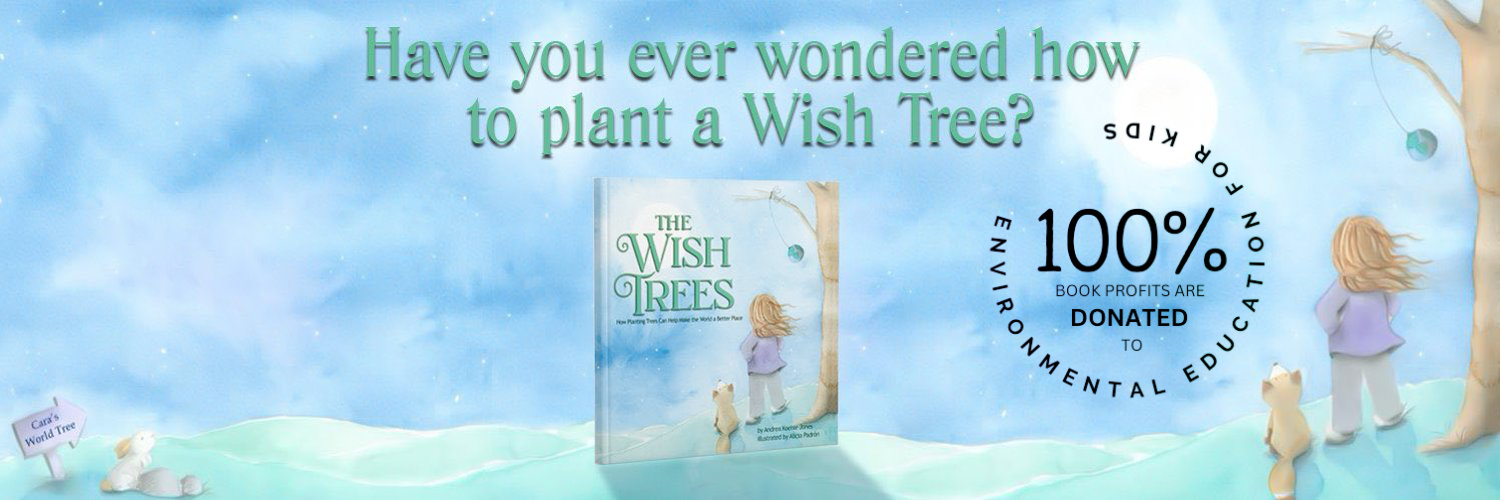 Top 5 tips to get kids and teens off screens and plugged into the wonders of nature.
Top 5 tips to get kids and teens off screens and plugged into the wonders of nature.
By Andrea Koehle Jones, OUTDOOR PARENT NEWS, 1 MARCH, 2021
“Since the start of the pandemic, children have less time and fewer opportunities to get outdoors connect with nature,” said Andrea Koehle Jones, executive director of The ChariTree Foundation. “This is a real loss because research shows that contact with nature makes kids and teens feel less stressed.”
Children and nature
Exposure to nature can reduce children’s stress levels by as much as 28 percent according to The National Environmental Education Foundation (NEEF). Kids today enjoy 50 percent less unstructured outdoor activity than their peers in recent decades, and that was before the pandemic.
The Upside-down
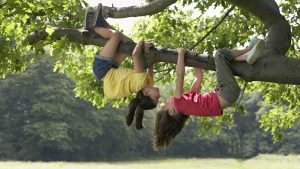
Photo: Shutterstock
Their lives have been turned upside-down as schools and camps have shut down. “Many children have been hunkered down in front of screens, learning about the rest of the world from the confines of four walls,” said Jacob Rodenburg, co-author of The Big Book of Nature Activities (2016). “If we want kids to know, care and protect the environment, they need to be in the environment, encountering and experiencing the very life systems that nurture us all. With every breath of air we take in near a tree, we boost our immune systems, we improve our mood and we increase our energy levels. So go outside today and absorb some Vitamin “N” (nature). You’ll feel better!
1.) Unplug from stress
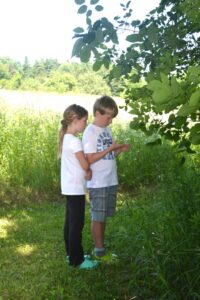
We have to make an effort to get kids and teens outdoors more during the pandemic. “There is substantive science behind what many intuitively understand, spending time in nature makes us feel better,” said Sarah Milligan Toffler, executive director of the Children and Nature Network.
As parents, we may want to protect our kids but keeping them ‘safe’ inside. This approach may be doing more harm than good. While getting them de-screened takes courage, Toffler says its worth it because “time in nature offers kids and teens so much more. Firstly, a sense of calm, restoration, and a measurable reduction in stress. Secondly, enhanced mood, reduced anxiety and depression. Thirdly, improved resilience and ability to cope with adversity.”
Uprooting your kids and teens from their addictive screens can be a bigger challenge than the great outdoor adventure you’re attempting to launch which leads to tip #1.
2.) Lead by example
It’s really pretty simple, log out, power down, turn off the news and give your kids your full attention. Tell them about amazing adventures you had in the outdoors. When you set a good example, they follow suit. They will never remember the time they spent on their screens but they will for sure remember the highlights of their days outdoors.
3.) Plan ahead
Research ahead of time to identify hazards and reduce stress. That includes being up on the latest covid-19 updates and government recommendations. Pack, prepare and plan accordingly. Very important — bring yummy snacks! Have backup emergency plans too. Check weather reports and communicate your plans ahead so kids can be prepared and sometimes offer suggestions. I know from experience that kids and teens can be very frustrated by poor planning and lack of communication. Instill confidence in your teens that they are safe – and above all, KEEP THEM SAFE.
4.) Play it safe
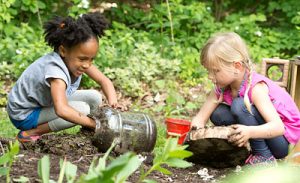
Photo: Community Play Things
As a parent it’s up to you to teach them to play safely. Be fun but vigilant about social distancing. Pack masks in case they are required and demonstrate how to stay six feet apart. Skip playgrounds and look for big spaces to play outdoors. The virus might be able to live on playground surfaces for a few days. If you don’t have a big backyard, check out local parks, school fields, nature trails and forests. If you see a crowd, choose another less busy location or time like earlier in the morning. Keep your eyes on younger children.
5.) Have fun!
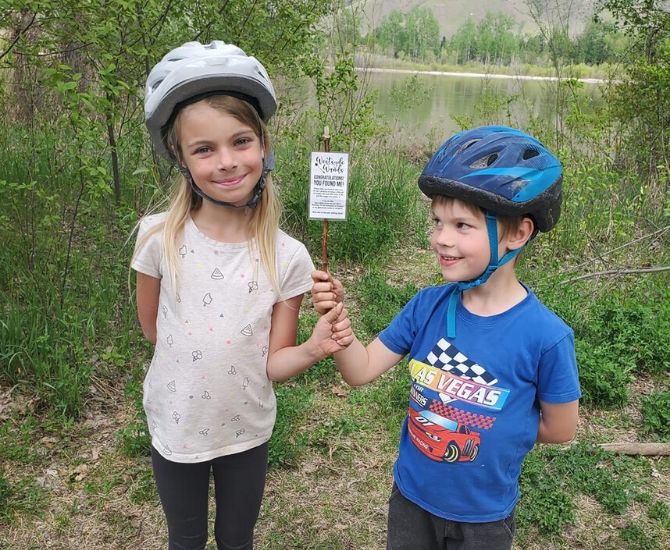
Kids on a bike ride found a wand. Photo: FACEBOOK/ Melissa Fauteux + Brie Welton
- Anonymous Scavenger Hunts: A Kamloops, BC mom and her eight year-old daughter, came up with Westsyde Wands, an inspiring idea to pread joy during the pandemic. “My daughter always brings home sticks, and I’ve made her wands in the past,” she said. “I just thought hey, ‘why don’t I make a few of these.’ And it actually kind of exploded into something I didn’t think it would.”
They painted wands and hid them around the community. Their efforts to spread a little magic has gained a lot of attention. Many kids have found adorable painted wands with the words: ‘CONGRATULATIONS YOU FOUND ME! Please take me home and take care of me. I promise to bring a little magic into your life, even if it’s just the magic of a smile. : ) Take care and be safe.’
-
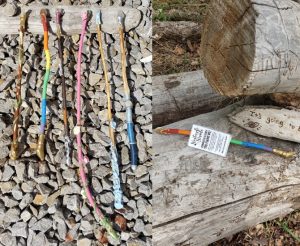
Hand-crafted wands made by Westsyde Wands in Kamloops, BC. Photo: FACEBOOK/ Westsyde Wands + Brie Welton
Play laser tag, using flashlights to tag each other without touching. Tell them to maintain a laser force field of 6 feet around them at all times.
- Go for a hike and notice all the signs of nature returning since the start of the lockdowns.
- Create a teen hangout. Place lawn chairs 6 feet apart in your yard and invite one or two of your child’s best pals to hang out and catch up or let two of them go for a walk together around a local trail as long as they socially distance. If you have a few tents you can even do a teen sleepover with individual tents properly spaced out.
 PRESS RELEASE: Media requests? Contact andrea@charitree-foundation.org
PRESS RELEASE: Media requests? Contact andrea@charitree-foundation.org
Andrea Koehle Jones is the environmental education advocate and founder of The ChariTree Foundation. She’s a children’s book author, formerly a CBCNews journalist, a producer for cbc4kids and a Greenpeace communications strategist during the campaign to Save The Great Bear Rainforest.
The ChariTree Foundation creates and supports national and international children’s environmental education programs.
